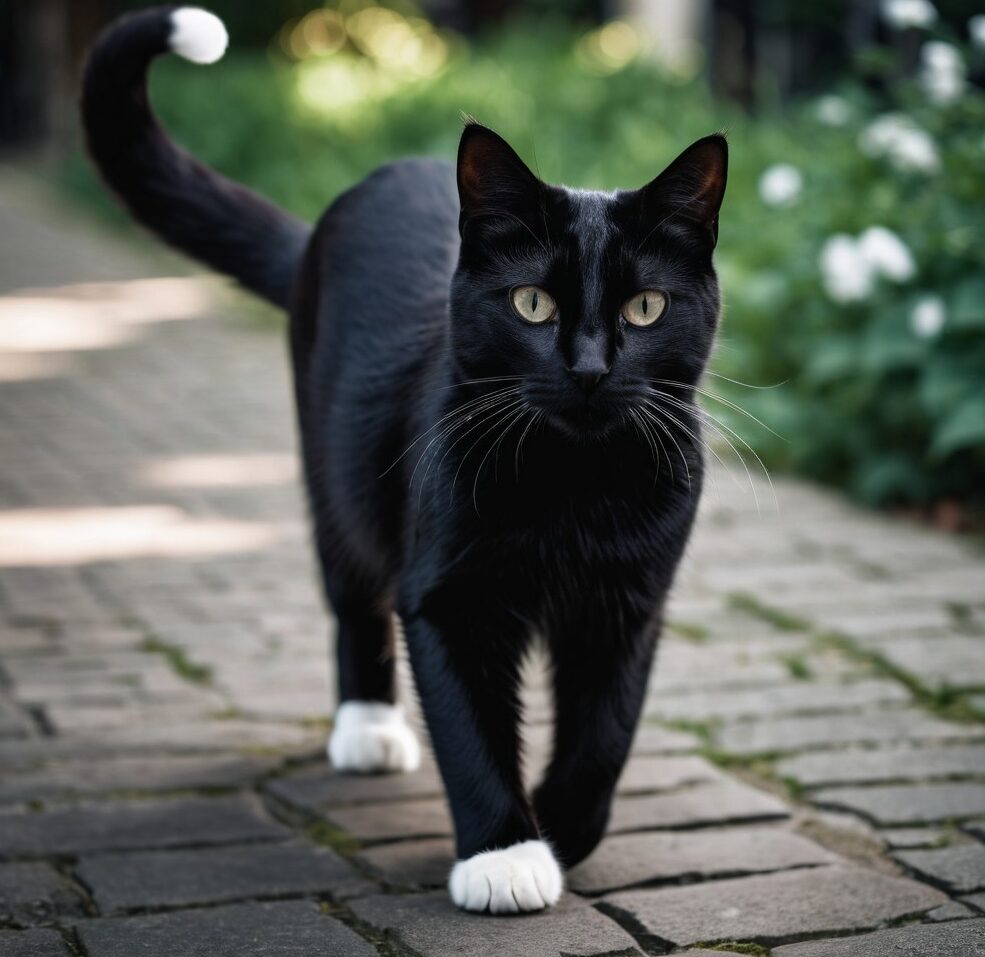You may think training a cat to use a litter box is a challenging task, but with the right guidance and approach, it can be a smooth process. Whether you’re bringing home a new kitten or looking to improve your cat’s litter habits, these imperative tips for successful litter box training will set you on the right path. From choosing the right litter box to maintaining cleanliness and addressing any issues, we will cover all the key aspects to ensure your feline friend becomes a litter box pro in no time.
Understanding Your Cat’s Needs
Knowing Your Cat’s Natural Instincts
With a deep understanding of your cat’s natural instincts, you can better cater to their litter box needs. Cats are inherently clean animals and prefer to have a designated area for relieving themselves. They are also sensitive to strong scents and textures, so it is important to choose the right litter and box type to ensure your cat feels comfortable using it.
Choosing the Right Litter Box
Right from the start, selecting the appropriate litter box is imperative for successful litter box training. Cats have preferences when it comes to the type of litter box they use. Some cats prefer open-top boxes, while others may feel more secure in covered boxes. The size of the litter box also matters, as it should be large enough for your cat to comfortably turn around and dig. Consider your cat’s preferences and habits when choosing the right litter box for them.
Cats are creatures of habit, and once they become accustomed to a certain type of litter box, changing it can lead to litter box aversion issues. It’s crucial to provide a clean and inviting space for your cat to use the litter box consistently. Consider having one litter box per cat plus one extra, placed in quiet and easily accessible areas of your home, to meet your cat’s needs effectively.
Setting Up for Success
The Ideal Location for the Litter Box
If you want to set your cat up for litter box training success, consider the ideal location for the litter box. Cats prefer privacy and quiet when using the restroom, so place the litter box in a low-traffic area away from loud appliances or machinery.
Types of Cat Litter
With so many options available, choosing the right type of cat litter can make a significant difference in your training success. Clumping litter is a popular choice as it allows for easy removal of waste, while silica-based litters can help control odors. Corn, wheat, and other natural litters are also options for eco-conscious cat owners.
| Clumping Litter | Allows for easy removal of waste |
| Silica-Based Litter | Helps control odors |
| Natural Litters (corn, wheat) | Eco-friendly option |
An important thing to remember is to introduce the new litter gradually if you decide to switch types. Cats can be sensitive to changes in their environment, and abrupt changes may lead to accidents outside the litter box. Offering a variety of litter types can also help you determine your cat’s preferences.
Understanding Cat Behavior
As far as litter box training, understanding cat behavior is key. Cats are creatures of habit and prefer a clean and easily accessible litter box. Any disruptions or stressors in their environment can lead to litter box aversion. By providing a suitable litter box setup and appropriate litter choices, you can set your feline friend up for success.
| Provide Multiple Boxes | One per cat plus one extra |
| Keep Boxes Clean | Scoop daily and change litter regularly |
| Choose the Right Size | Large enough for your cat to comfortably move around |
| Monitor Your Cat’s Behavior | Look for signs of aversion or discomfort |
Litter Box Training Techniques
Introducing Your Cat to the Litter Box
With patience and consistency, you can successfully introduce your cat to the litter box. Start by placing your cat in the litter box immediately after meals or naps, as cats are more likely to use the box at these times. Make sure to keep the litter box clean to encourage your cat to use it regularly. Additionally, praise your cat when they use the box correctly to reinforce positive behavior.
Positive Reinforcement Strategies
Litter box training can be made more effective with positive reinforcement strategies. By associating the litter box with positive experiences, such as treats or toys, your cat will be more inclined to use it regularly. For instance, every time your cat uses the litter box appropriately, reward them with a treat or extra attention to reinforce this behavior.
Common Challenges and Solutions
Addressing Accidents Outside the Litter Box
Addressing accidents outside the litter box can be frustrating but understanding the underlying reasons is key to finding the solution. Accidents may occur due to medical issues, stress, territorial marking, or a dirty litter box. Ensure the litter box is clean, placed in a quiet area, and consider consulting a vet if the behavior persists.
Preventing and Solving Litter Box Aversion
Preventing and solving litter box aversion is necessary for successful training. Cats may avoid the litter box due to discomfort, dislike of the litter type, or association of the box with negative experiences. To prevent aversion, provide a variety of litter choices, keep the litter box clean, and make the area inviting. If aversion persists, seek advice from a veterinarian or animal behaviorist.
Solutions for preventing and solving litter box aversion can vary depending on the individual cat and the underlying cause of the issue. In some cases, changing the litter type or box style may be effective, while in other situations, addressing any underlying medical or behavioral issues is necessary. Consistency, patience, and a positive environment are necessary to successfully overcoming litter box aversion and ensuring your cat’s litter box habits remain positive.
Maintaining Good Litter Box Habits
Regular Cleaning Routines
Many cat owners underestimate the importance of maintaining a regular cleaning routine for their cat’s litter box. An unclean litter box can lead to your cat avoiding it, resulting in accidents around the house. It is recommended to scoop out waste at least once or twice daily and change the litter entirely at least once a week. Not only does this keep the box fresh and appealing to your cat, but it also helps to control odors in your home.
Monitoring Your Cat’s Health and Behavior
An necessary aspect of maintaining good litter box habits is to monitor your cat’s health and behavior. Changes in litter box habits can often be an indication of a health issue in your cat. Maintaining a close eye on your cat’s bathroom routine, the amount of urine and feces produced, as well as any signs of straining or discomfort during elimination can provide valuable insights into your cat’s well-being. If you notice any changes, it is crucial to consult your veterinarian promptly.
With proactive monitoring and regular cleaning routines, you can ensure that your cat’s litter box habits remain consistent and healthy, promoting a clean and stress-free environment for both you and your feline companion.
Summing up
Ultimately, successful litter box training is crucial for a happy and healthy cat-owner relationship. By following important tips such as choosing the right litter box, placing it in a quiet and accessible location, keeping it clean, and being patient with your cat, you can ensure a smooth transition to using the litter box. Consistency and positive reinforcement are key in reinforcing good litter box habits. Remember that each cat is unique, so be willing to adjust your training methods as needed. With dedication and proper training techniques, you can effectively teach your cat to use the litter box, leading to a harmonious environment for both you and your furry friend.
FAQ
Q: Why is litter box training important for cats?
A: Litter box training is necessary for cats because it helps them develop proper elimination habits, prevents accidents in the house, and ensures their living environment is clean and sanitary.
Q: How can I successfully litter box train my cat?
A: To successfully litter box train your cat, place the litter box in a quiet, accessible location, scoop it daily, use unscented litter, and provide positive reinforcement when your cat uses the litter box. Consistency is key in the training process.
Q: What should I do if my cat is having trouble using the litter box?
A: If your cat is having trouble using the litter box, check for any medical issues that may be causing the problem, make sure the litter box is clean and in a suitable location, try different types of litter, and consult with a veterinarian or animal behaviorist for further assistance.



